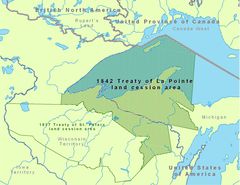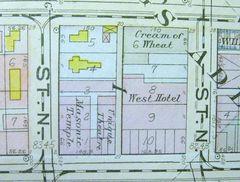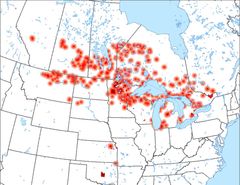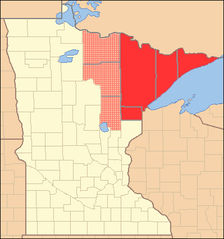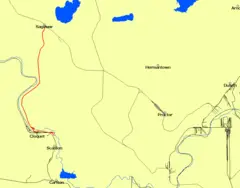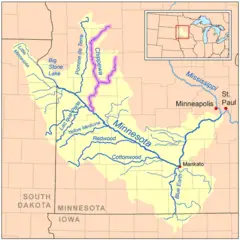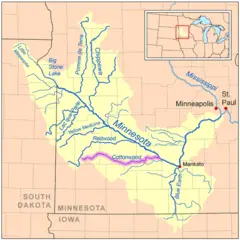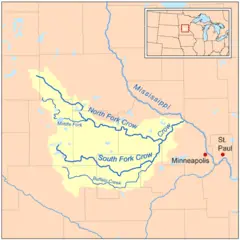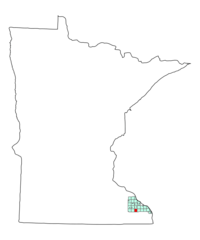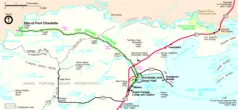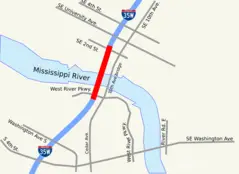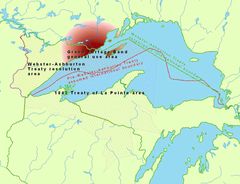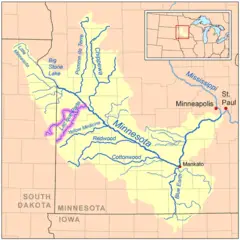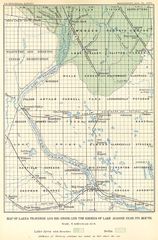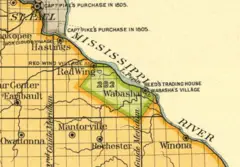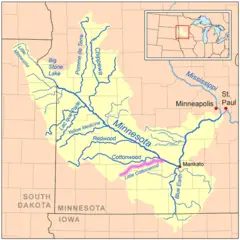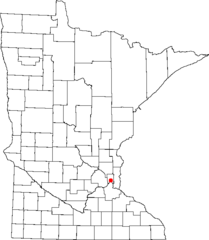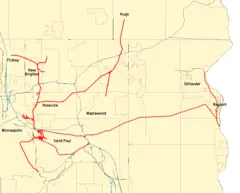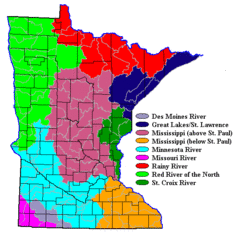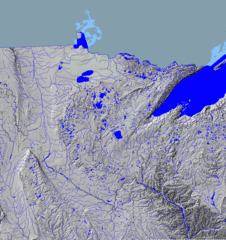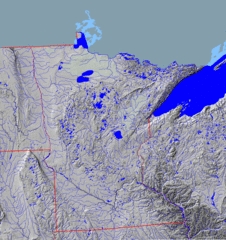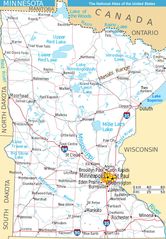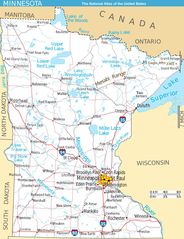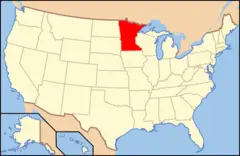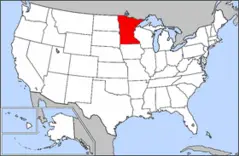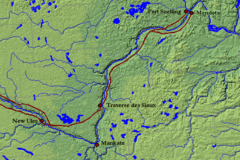Minnesota Rivers And Lakes
Minnesota is known as the "Land of 10,000 Lakes" but also has several iconic rivers.
Mississippi River
The Mississippi River forms Minnesota's eastern border with Wisconsin. Facts about the Mississippi River in Minnesota:
- It flows over 2,300 miles from Minnesota to the Gulf of Mexico.
- The Mississippi's headwaters are located at Lake Itasca in northwestern Minnesota.
- Cities along the river include Minneapolis, St. Paul, Brainerd, and Winona, Minnesota.
- The river supports commerce, recreation, and wildlife habitats along its course.
Minnesota River
The Minnesota River flows southeast from Big Stone Lake near the South Dakota border. Details about the Minnesota River:
- It spans over 300 miles across southern Minnesota.
- The river flows through the cities of Granite Falls, New Ulm, and Jordan, Minnesota.
- It joins the Mississippi River near Minneapolis-St. Paul.
Saint Louis River
The Saint Louis River forms part of Minnesota's border with Wisconsin. Facts about the St. Louis River:
- It flows 179 miles from northern Minnesota into Lake Superior.
- The river passes through the port cities of Duluth, Minnesota and Superior, Wisconsin.
- It was an important fur trading and transportation route.
Notable Lakes in Minnesota
Iconic Minnesota lakes include:
- Lake Superior - Forms Minnesota's northeastern border.
- Leech Lake - Located in Cass County, known for fishing.
- Lake Minnetonka - Minnesota's second largest lake, located west of Minneapolis.
- Mille Lacs Lake - A popular fishing lake in central Minnesota.
Minnesota's rivers and lakes are integral to its identity and provide ecological, cultural, and economic value.
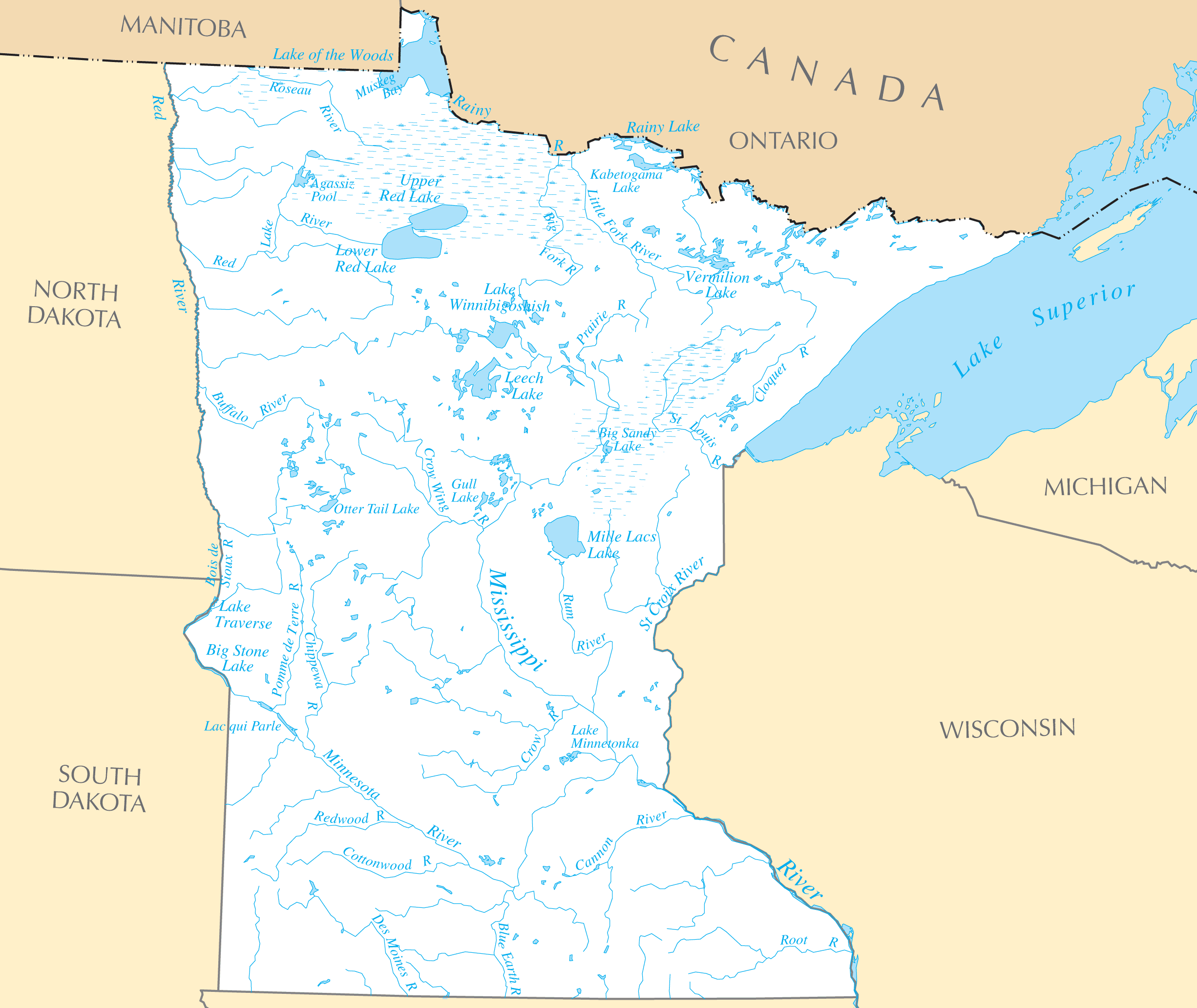
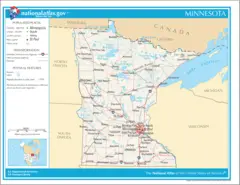
.png)
